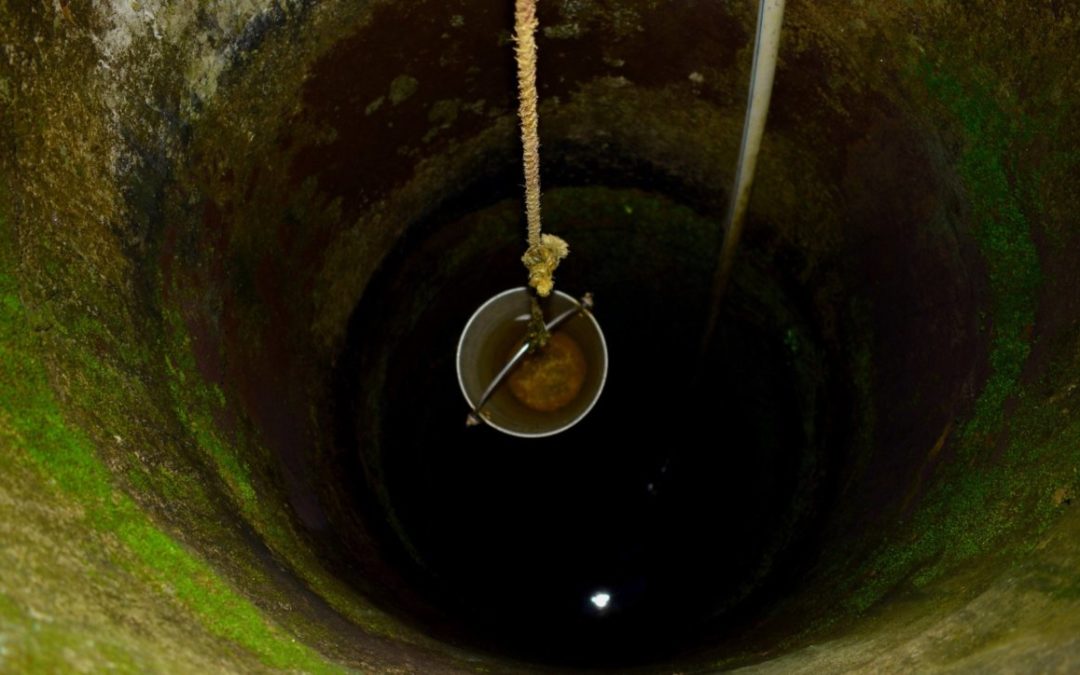
by Kate Evert | Apr 28, 2021 | Economy, Human Capital, Jobs, Unemployment, Work Place
Despite the headache caused by all of the labor market reading done for our last post, we’ve persevered.
Some Chicago economists have had their thinking caps on, and their musings are worth sharing. They are asking the right questions as we contemplate labor markets and human capital post-pandemic.
The Chicago Fed’s April paper focused on this: Why didn’t more people from affected industries move over to industries that were NOT affected by the pandemic? “One sign that Covid might have increased the need for labor reallocation is the fact that even while unemployment rose substantially, firms reported an increase in job openings, the opposite of what normally happens in a recession.”
That article raised a nagging question: Do workers lack the ability to retrain? The resources? Or the incentives?
One of Chicago’s most wry economists, Carl Tannenbaum, addresses the risks if people do NOT retrain. Solving these problems will not be easy, but he rightly points out, failing to address them will lead to even larger problems along geo-political lines. His piece’s topic sentence sums it up: “Renewing human capital is as important as renewing physical capital.”
Solutions depend on cooperation and innovation. Education needs to orient to life-long upskilling, supporting a different concept of education before 18 and after 18, with government support. Companies must put their money where their mouth was when they signed the Business Roundtable document in 2019. If they create that ecosystem, they will retain workers for far longer—hiring based on competencies for life-long learning—and partnering with employees committed to constant up-skilling.

by Kate Evert | Apr 13, 2021 | Economy, Human Capital, Jobs, Unemployment, Work Place
This past weekend seemed a perfect time to catch up on some labor market reading.
First topic: the real unemployment in the U.S. This article does a great job of explaining the difference between the monthly numbers released by the BLS, U3, and the more accurate measure of U6, which includes those whose unemployment benefits have run out, or who are too discouraged to look for jobs. After reading their estimate on actual unemployment, anyone would be discouraged.
Next was an article in Crain’s Chicago Business regarding staff shortages in Chicago restaurants. Many factors contribute to this, including the current, enhanced unemployment benefits. In addition, until fully vaccinated, some are very reluctant to come back to the workplace, especially one that demands constant interaction with the unmasked public.
Finally, the most recent Economist issue featured a special report about the future of work. These articles point out some bright spots, including how quickly employment rebounded despite dire predictions, to how many jobs were NOT automated during the pandemic. The newspaper’s overall take is this: “Today, as the economy emerges from the pandemic, a reversal of the primacy of capital over labour beckons – and it will come sooner than you think.”
So, the only conclusion for this firm? We will be spending much more time pouring over even more jobs data to make sense of how the labor markets are affecting our clients.

by Kate Evert | Apr 7, 2021 | Human Capital, Work Place
Once upon a time there was a farmer named Sam, growing impatient with the current drought. He thought that he had prepared for hard times; he had deepened their well to hold over 10,000,000 gallons of water. That was enough to water their fields and keep their household running. He was SURE it was deep enough to sustain his family for any crisis.
No one had ever seen blight like the one of ’20 – but it drained his well. Rain did not come for a year. Then in March, some declared the emergency over because some rain fell, and 961,000 gallons filtered into his well … but it wasn’t even one-tenth full. He needed to start using that water immediately for household use, and he doubted if it was enough to water just ONE of his fields.
961,000 jobs created in March sounds great, but when trying to make up for approximately 10,000,000 jobs lost from Feb 2020 to Feb 2021, these jobs are just a drop in the bucket. Let’s be careful about headlines that talk about growth percentages, realizing this isn’t growth from the top of the flat, smooth, fertile field—they are measuring from the bottom of the dry well.
Old Uncle Sam will go out to his fields again today, eyes raised upwards, hoping for signs of more rain to replenish his fields, and his well.



